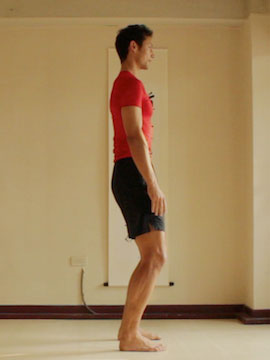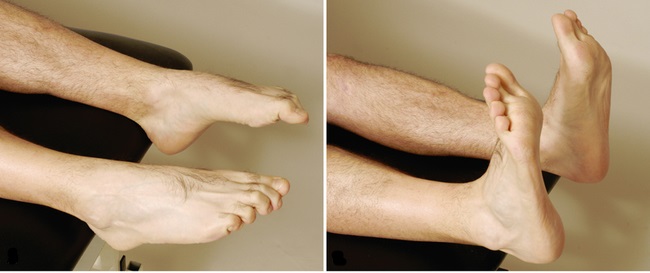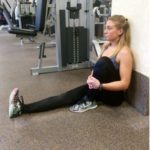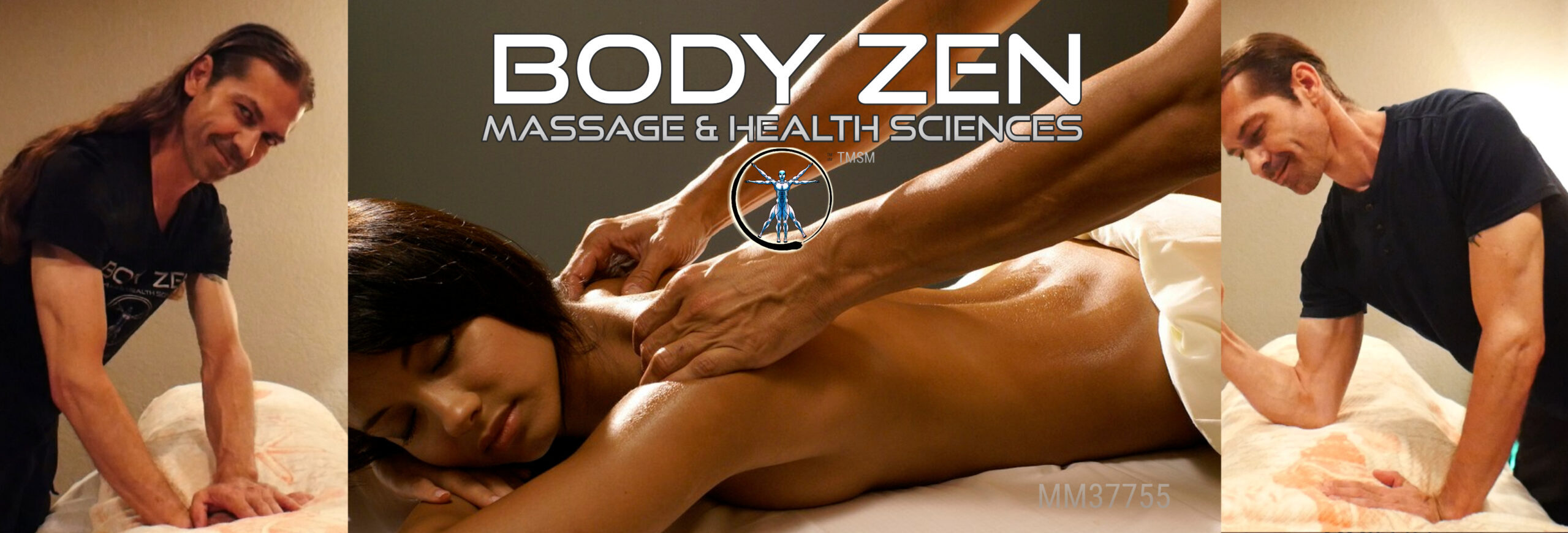These are two of the most commonly needed repatterning exercises that I recommend, because so many of us have lower body imbalances that affect the whole body. These are relatively simple and effective when done correctly, and like just mentioned; can benefit the entire body by gently focusing on the lower half.
What is neuromuscular repatterning and how do these work? When we learn how to perform any motor function, like crawling, walking, running, carrying things, and so on; our nerves form pathways and connections to muscles, to increase our ability and skill to perform these functions. And from injuries, improper form and or function, lack of or excessive motions, and so on; our neuromuscular function can be debilitated, imbalanced or excessive. So when we carry out motor functions in a specific controlled way, we can retrain these nerve pathways, neuromuscular junctions and muscles to perform the motions we need them to be able to do with more balance, skill and proper function.
Knee Bends
To begin the knee bends, stand in a structurally aligned posture (as mentioned in a previous post), with feet facing straight forward/parallel, even to eachother, about one of your foots width apart from eachother, with about 80% of your weight distributed evenly over each heel. Then while not aiming to do a full squat, only a mild knee bend where we can feel the ankles reach the end of their range of motion; we slowly, begin lowering ourselves down by bending the knees – keeping our focus on maintaining an even balance, weight and cadence to the entire motion, down and up.
The key to getting the most out of this exercise is to keep equal effort on the part of each leg while keeping equal weight over each heel, and stopping and correcting before proceeding when the effort and or weight becomes imbalanced.
When first beginning these, one two count repetition down and up, can take several minutes and leave you feeling like to may need to shake out your arms or legs; though that’s a good sign that your activating and retraining your body.
The more we focus on finding and correcting imbalances in a slow and controlled motion, the better these exercises will work and the better we’ll be when performing motions and functions that demand much more effort and intensity.

Toes Up Foot Up
To begin this exercise, simply sit comfortably on the floor with your back against a wall or strong vertical surface to give your back support, with the legs bent comfortably at the knee with the heels close to our glutes; then lift the toes and foot of the exercised leg toward the ceiling/sky (curl the toes back/up and lift the foot the same way) and then slowly push your heel/leg forward as if you’re doing a forward heel kick. Once the leg is straight along the floor with the toes and foot still curled and lifted back; we then point the foot and toes straight forward (similar to how a ballerinas foot looks standing on the toes) for about two to three seconds, before lifting the toes and foot again and then bringing the heel close to our glutes again, and relaxing back to the starting position.
This is a six count exercise, where we first lift the toes/foot, extend the leg/heel, point the toes/foot, lift the toes/foot, retract/pull back the heel/leg, and relax the toes/feet back on the floor again.


Conclusion
The key again to getting the most out of the exercises is to find and correct imbalances by moving in a slow and controlled motion, that may feel awkward and strenuous at times. And again the more time and focus we take using these exercises to correct our neuromuscular patterning, the more ability and skill we’ll have later with more weight and intensity when we need it. Moving too fast to get more reps is the opposite of what this exercise is about.
I hope you enjoy this simple and straight to the point approach that you can hopefully use better and get more out of, though as always if you have any questions, feedback or any other thoughts you’d like to share always feel free to let me know!
All the best in good and better health,
